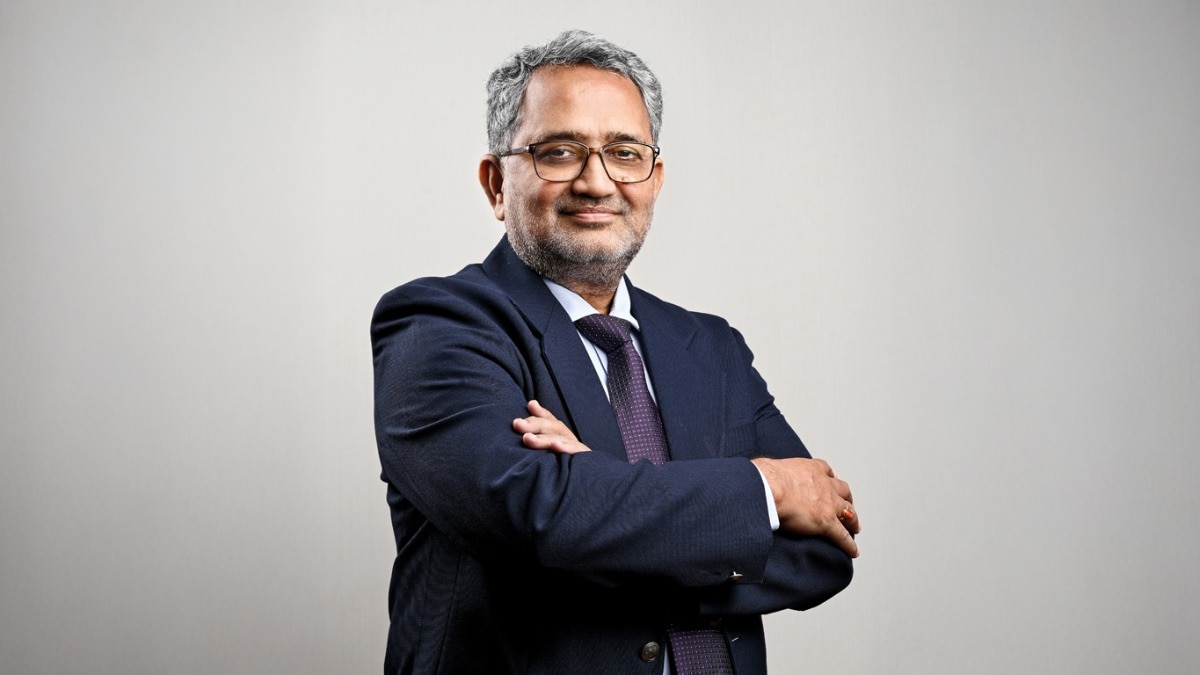
Public sector giant Hindustan Petroleum Corporation Ltd (HPCL) has been focused on sustainability for years. It first started using wind power as far back as 2006. But the real thrust was a while away.
P. S. Murty, Executive Director (Health, Safety & Environment) and a company veteran, admits that the focus on sustainability took off on the back of poor ESG (environmental, social and governance) ratings. That was in 2020-21. “It has been an eventful period since then and we have covered a lot of distance,” he says. Today, ESG moves all aspects of the organisation’s strategy. For instance, for the field staff, 2% weight in key performance indicators is given to their green contribution. “The thinking must continuously evolve,” he says.
The change over the last few years has been dramatic. “To that extent, the phase has been quite remarkable,” says Murty. The core business of HPCL has been refining crude oil and marketing petroleum products apart from exploring and producing hydrocarbons. The realisation on sustainability threw open an opportunity for the company to completely reorient itself. The new environment meant HPCL would need to move from being a fuel company to becoming an energy company. Sound simple? Not really. “We have always been a low-profile and fairly conservative organisation,” says Murty. Top that up with being a public sector Maharatana (the highest status) and having been around for a while, (the Mumbai-headquartered company was set up in 1952). Then, there is the financial muscle. In FY25, HPCL’s revenue stood at Rs 4.64 lakh crore, with a net profit of Rs 16,000 crore, driving home the scale involved and what needs to be done to make sustainability work. Murty speaks of sustainability getting “slowly embedded and the need to create more milestones.”
Now, sustainable development at HPCL is about being structured, goal-driven and forward-looking. Within this, there is a commitment to net zero emissions involving more biofuel production and setting up renewable energy capacity of 16 GW by the end of this decade. At the end of FY25, 76 locations (including LPG and supply, operations and distribution) ran on green power, while 110 marketing locations used 100% biodiesel. Not surprisingly, green energy is a huge focus area. Here, HPCL is working on multiple compressed biogas plants and ethanol-blending products, with a clear objective of cutting back the dependence on fossil fuel. Today, total installed renewable capacity across solar and wind energy is 230 MW.
Last year, it incorporated a wholly owned subsidiary, HPCL Renewable & Green Energy, with the specific objective of enhancing focus on sustainability. It has four focus areas—renewable power (covers solar, wind and hybrid power plants with battery storage), green fuels (compressed bio-gas, ethanol and bio-diesel production facilities), innovative technologies (the focus is on renewable energy solutions) and market expansion and operations (to manage various aspects of the green energy business).
In 2015, HPCL adopted the GreenCo rating system. Developed by the Confederation of Indian Industry, this performance-based approach evaluates companies on a set of parameters that include management system, energy management, water management, material resource management, green supply chain and innovation for environment. It has been implemented across 84 marketing locations of HPCL. “Energy transition is a time-consuming process. Today, we understand areas like EV stations and battery swapping well and that learning continues,” says Murty.
Also, approximately 94% of HPCL’s outlets run on solar power. The company installed EV charging facilities at 2,500 retail outlets in the last fiscal. According to him, the refinery in Visakhapatnam is the first such facility with a green hydrogen plant. Biofuel is another key component of the story; ethanol blending (mixing it with gasoline to reduce emissions) peaked in FY25.
“It is important for us to set the benchmark on sustainability,” says Murty. Clearly, the ambition is in place. The next few years promise to be interesting.
@krishnagopalan